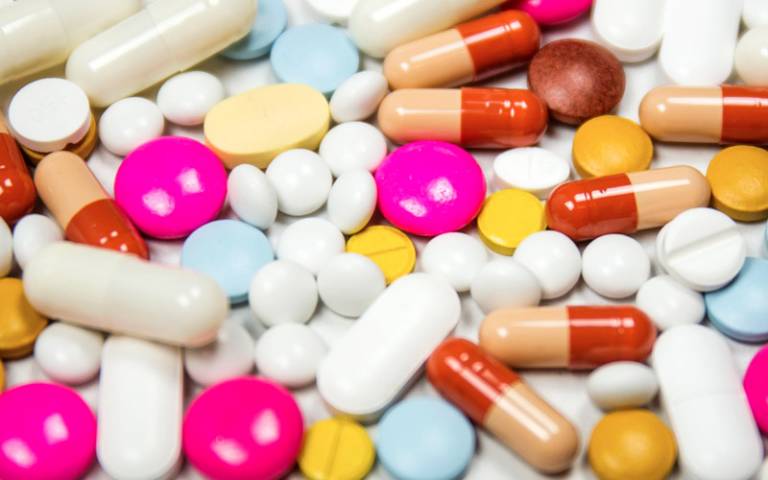A miniaturized test to develop new medicines
Most drugs work by binding to, and changing the function of, proteins in our bodies. However, there are many thousands of potential molecules that could be chosen to work with a given target protein.

4 December 2018
Finding which one takes time and money - and biochemical engineers can help.
UCL Biochemical Engineers, working with London Centre for Nanotechnology researchers, created a microfluidic device that can analyse tiny amounts – just billionths of a litre – of drugs and their targets, in channels less than a millimetre wide. They successfully demonstrated that microfluidics and chemically induced stress could reveal how the drug rapamycin, an immune suppressant, interacts with its protein target. This technique uses just 0.001% of the quantities needed to test drugs in other ways - since making experimental drugs to test is expensive and time-consuming, this is useful information for developing new medicines more cheaply and quickly.
Following transplants and implantation of medical devices, the human immune system kicks into action to reject the intruder. How could it know that, in this very specific case, you want a foreign body growing inside you? Medical staff combat this unwanted response with medications to suppress the immune system. Some important medications work by targeting a protein the cells make called FKBP12, which the researchers chose an example to demonstrate the power of their invention.
FKBP12 was mixed with a chemical that caused it to bend out of shape (denature), and passed through a microfluidic channel illuminated by a laser. Since the molecules react to the laser light differently depending on their shape, scientists were able to determine how the protein was deforming by looking at the light it gave back out. Repeating this with increasing concentrations of the chemical told them the exact concentration that would unfold the protein completely.
When the same technique was used on FKBP12 mixed with the drug being tested, a higher concentration of denaturant was needed to unfold the cell-signalling protein. This showed that the presence of rapamycin made the protein more stable. Comparing the results with and without the therapeutic molecules allowed the researchers to determine how tightly the drug was bound to the FKBP12 protein – a measure of how effective it is, and a crucial measure used by people developing medications.
Quantifying how drugs bind to their protein targets is just one potential use of microfluidics – a technique which, thanks to its speed, affordability and the very small sample sizes required, has applications ranging from large-scale drug discovery to healthcare diagnostics and pathogen detection.
Just one example of how research at UCL Biochemical Engineering could change the world.
 Close
Close

